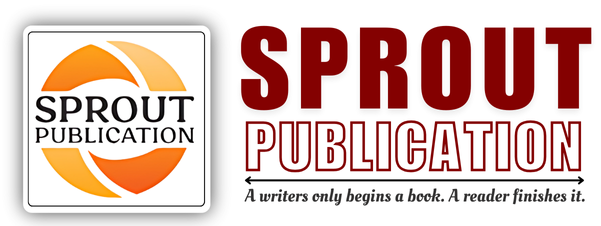Chapter 17: Special Senses-I
Chapter 17: Special Senses-I
Author: Mr. Abu Tahir
Volume: 01
First Online: 31 August 2024
Pages: 235-245
DOI:
Abstract
The special senses of vision and hearing are vital for perceiving the world around us, relying on the intricate structures of the eye and ear. The eye, composed of the cornea, lens, retina, and optic nerve, is designed to capture and focus light, converting it into neural signals that the brain interprets as images. Key functions include focusing on objects at various distances, perceiving colour, and detecting movement. Common eye disorders include myopia, hyperopia, cataracts, and glaucoma, which can impair vision. The ear is structured into three main parts: the outer ear, middle ear, and inner ear. It functions to capture sound waves, transmit them through the ear canal, and convert them into electrical signals via the cochlea, which are then processed by the brain. The ear also plays a crucial role in maintaining balance through the vestibular system. Disorders such as tinnitus, otitis media, and hearing loss can significantly affect hearing and balance, highlighting the importance of maintaining ear health for overall sensory well-being.
Keywords: Special senses, Vision, Hearing, Eye structure, Cornea, Lens, Retina, Optic nerve

